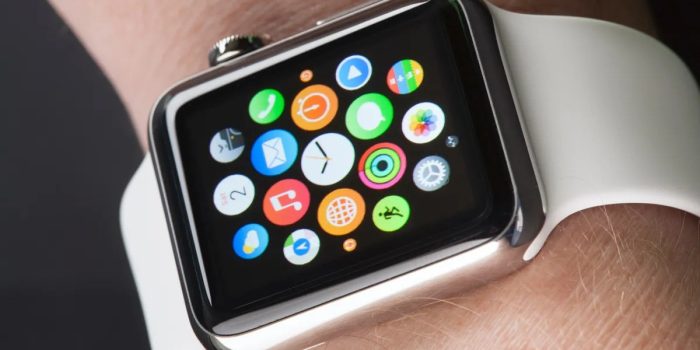Apple is responding to a patent infringement case involving its Apple Watch Series 9 and Apple Watch Ultra 2 models. The conflict arose when Masimo Corp., a global medical tech company, sued Apple in 2020, accusing it of patent violations and trade secret theft related to blood-oxygen measurement. The U.S. International Trade Commission (ITC) imposed a ban in October, prompting Apple to temporarily halt sales. However, the company resumed sales in late December under an interim stay.

To overcome the import ban, Apple is planning to remove the blood-oxygen feature from the affected devices. Masimo disclosed on Monday that the redesign has been approved by the U.S. Customs and Border Protection and is deemed outside the ban’s scope. This approval allows Apple to continue marketing the watches without the banned feature.
The legal dispute with Masimo dates back to 2020, with accusations ranging from patent violations to trade secret theft. The blood-oxygen feature in Apple’s watches is a key health monitoring aspect, potentially detecting conditions such as COVID-19 and sleep apnea.
While modified watches without the blood-oxygen feature have been shipped to Apple stores, sales are pending approval from the company. There are no indications of discounts on the modified watches. The blood-oxygen feature remains active on previously sold watches, and Apple suggests that the Series 9 and Ultra 2 will continue to be available with the feature, although a specific timeframe is not provided.

In an effort to bypass import bans, Apple sought the Biden administration’s intervention twice, but both requests were denied. The first instance involved incorporating electrocardiogram (ECG) technology, leading to an ITC ban in February of the preceding year.
Apple’s legal challenges with medical tech companies underscore the complexities of navigating patent disputes while competing in the wearables market. The outcome will shape Apple’s strategy in addressing legal hurdles and maintaining its position in the evolving tech landscape.


